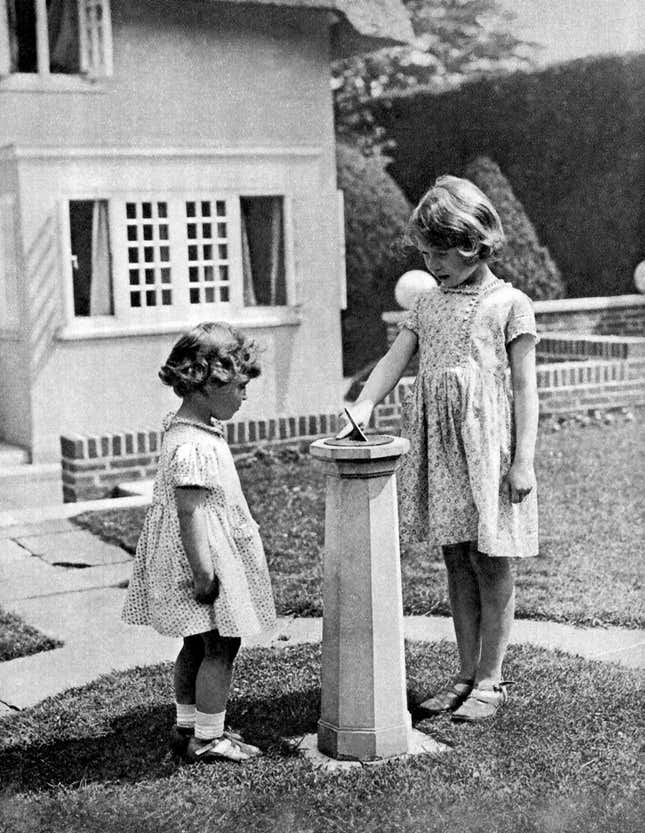Queen Elizabeth Has Died at Age 96
What happens next? A large state funeral, lots of mourning, and a King Charles.
CelebritiesRoyals
Photo: Hulton Archive; Hulton-Deutsch Collection; Chris Jackson
Queen Elizabeth II has died at age 96, after 70 years of serving as a crumbling empire’s head of state. She died at Balmoral Castle in Scotland on Thursday and will lie in state at Holyroodhouse Palace in Edinburgh.
Americans were greeted on Thursday morning with news that the queen’s family members were traveling to Balmoral (where she traditionally spends summers), including Prince Harry, who lives in California but was already in the U.K. for unrelated events. Hours before her death was officially announced, British news channels pivoted to wall-to-wall coverage, and BBC anchors were wearing black suits and ties, a clear sign of what was to come.
The longest-living and longest-reigning British monarch is survived by a number of great-grandkids, feuding grandkids, and disgraced children. She’s also survived by a global population that witnessed the slow-but-necessary dismantling of the British Empire, and the U.K.’s exit from the European Union at the end of 2020.
She managed to make it through most of her Platinum Jubilee in June, which celebrated her seven decades on the throne, but opted for a lighter public schedule in the weeks after.
Details about the queen’s funeral will emerge shortly, but what happens after that has been a matter of state planning for years, if not decades. In 2017, the Guardian published a remarkably detailed account of how the royal bureaucracy planned to kick into high gear, noting that by the time we’d all find out about the queen’s death, she would’ve likely been dead for a while. Now, Charles is king, William is second in line to the throne, and alleged rapist Prince Andrew no longer has the protection of being the monarch’s favorite child. The implications, however, for the British monarchy in the 21st century are much larger, and much more uncertain. Europe is already in the midst of a season of instability. Could the death of a woman whose reign lasted the better part of a century make it worse?
Elizabeth Alexandra Mary was born April 21, 1926, in London’s tony Mayfair neighborhood. She was expected to be a member of the aristocracy, yes, but Princess Elizabeth was never meant to reach the throne. Her parents were the Duke and Duchess of York; her uncle, King Edward VIII, reigned over an empire that spanned four continents. (At this time, Edward ruled over about 80 countries. While not the empire’s peak, it was a respectable number in the eyes of his fellow colonialists.)
-

-

-

-

-

-

-

-

-

-

-

-

-

-

-

-

-

-

-

-

-

-

-

-

-

-

-

-

-

-

-

-

-

-

-

-

-

-

-

-









































